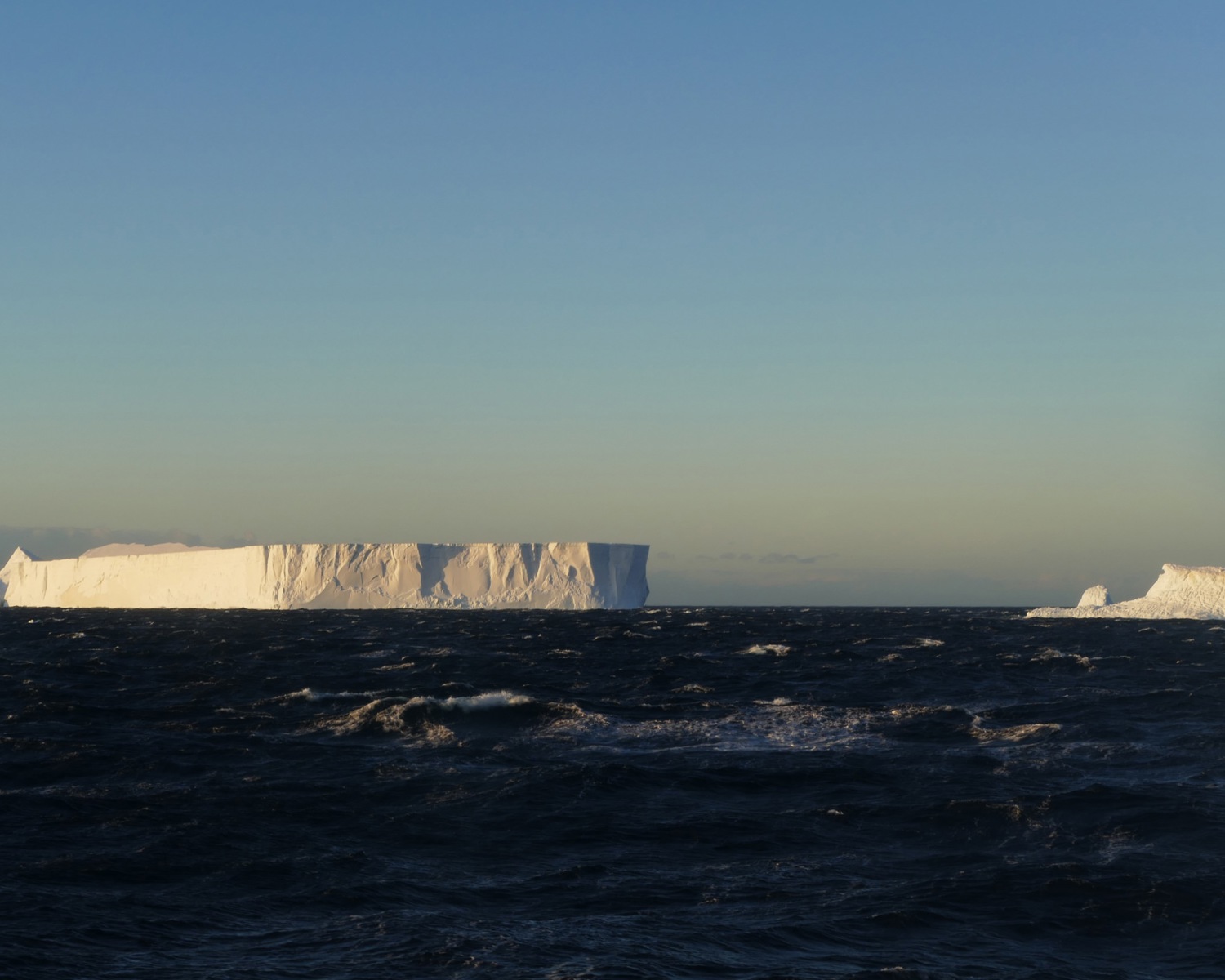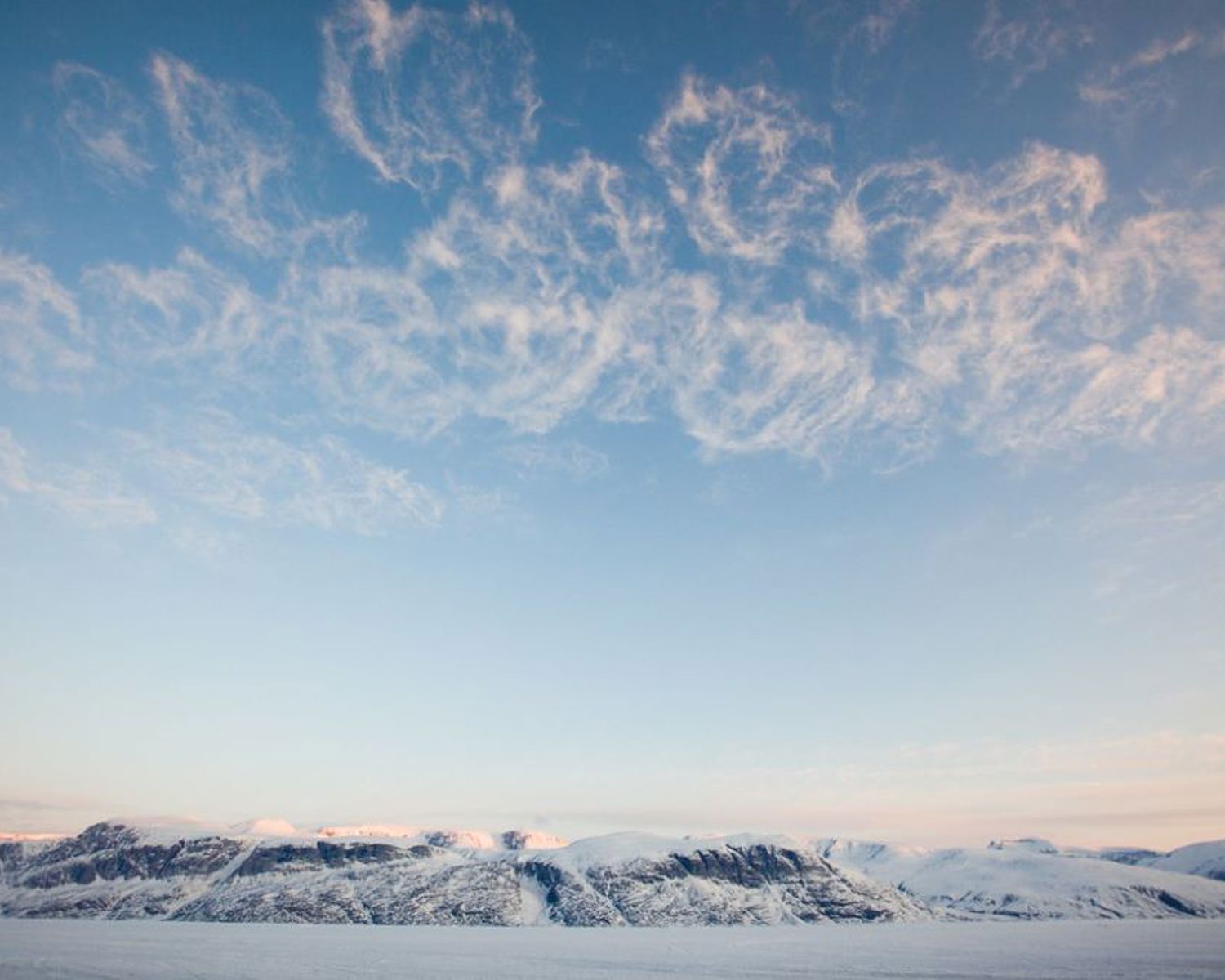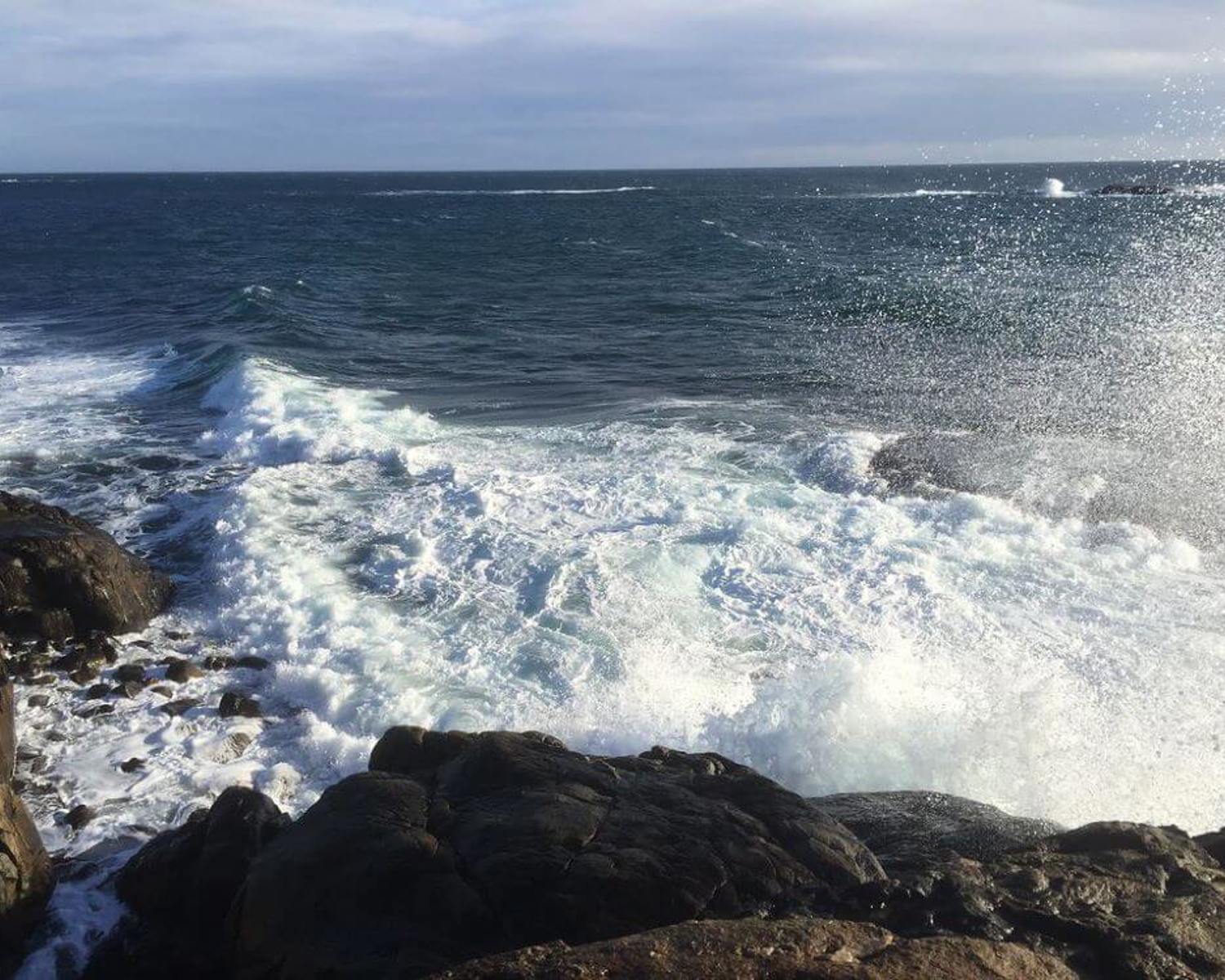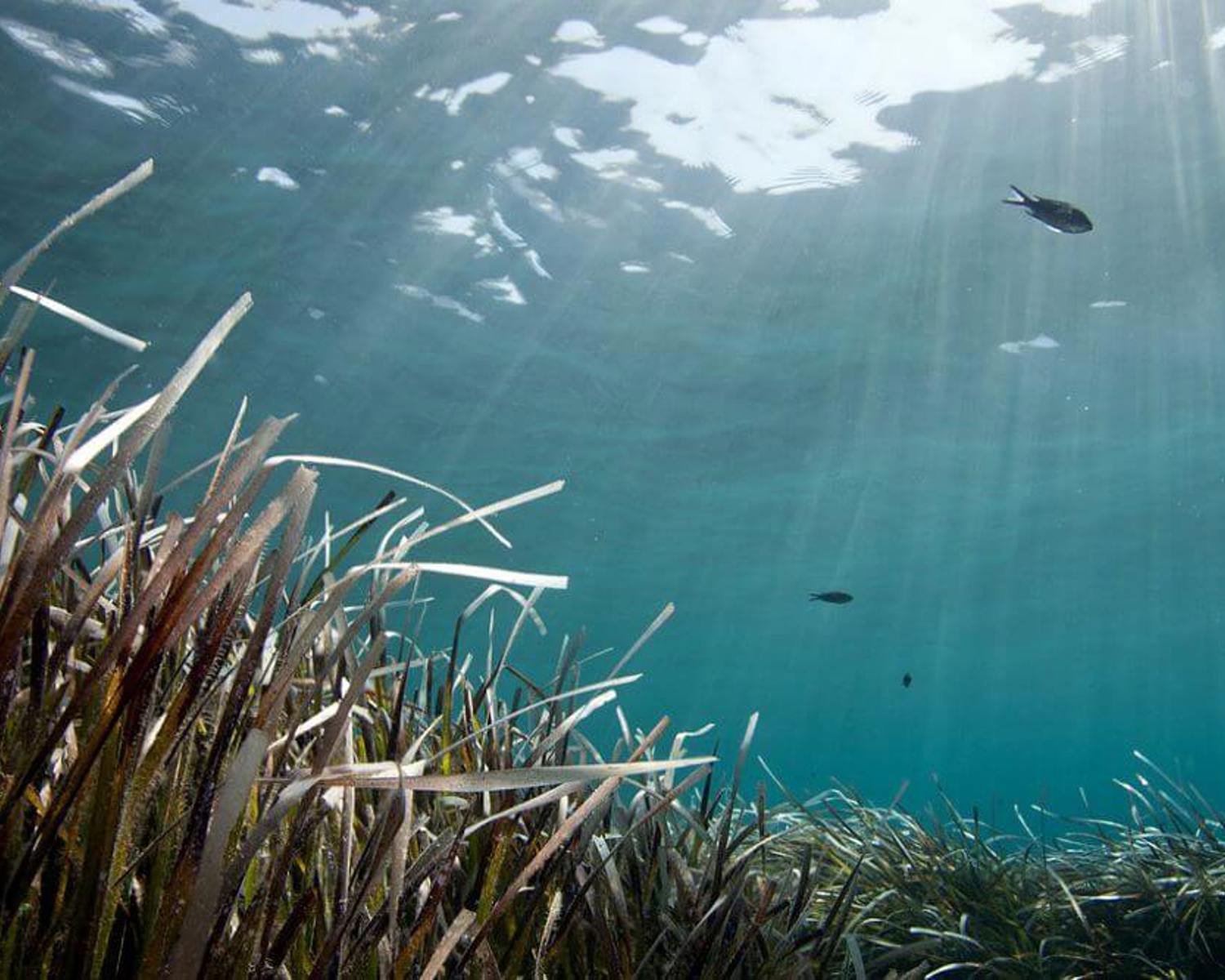Improved fishing practices and management
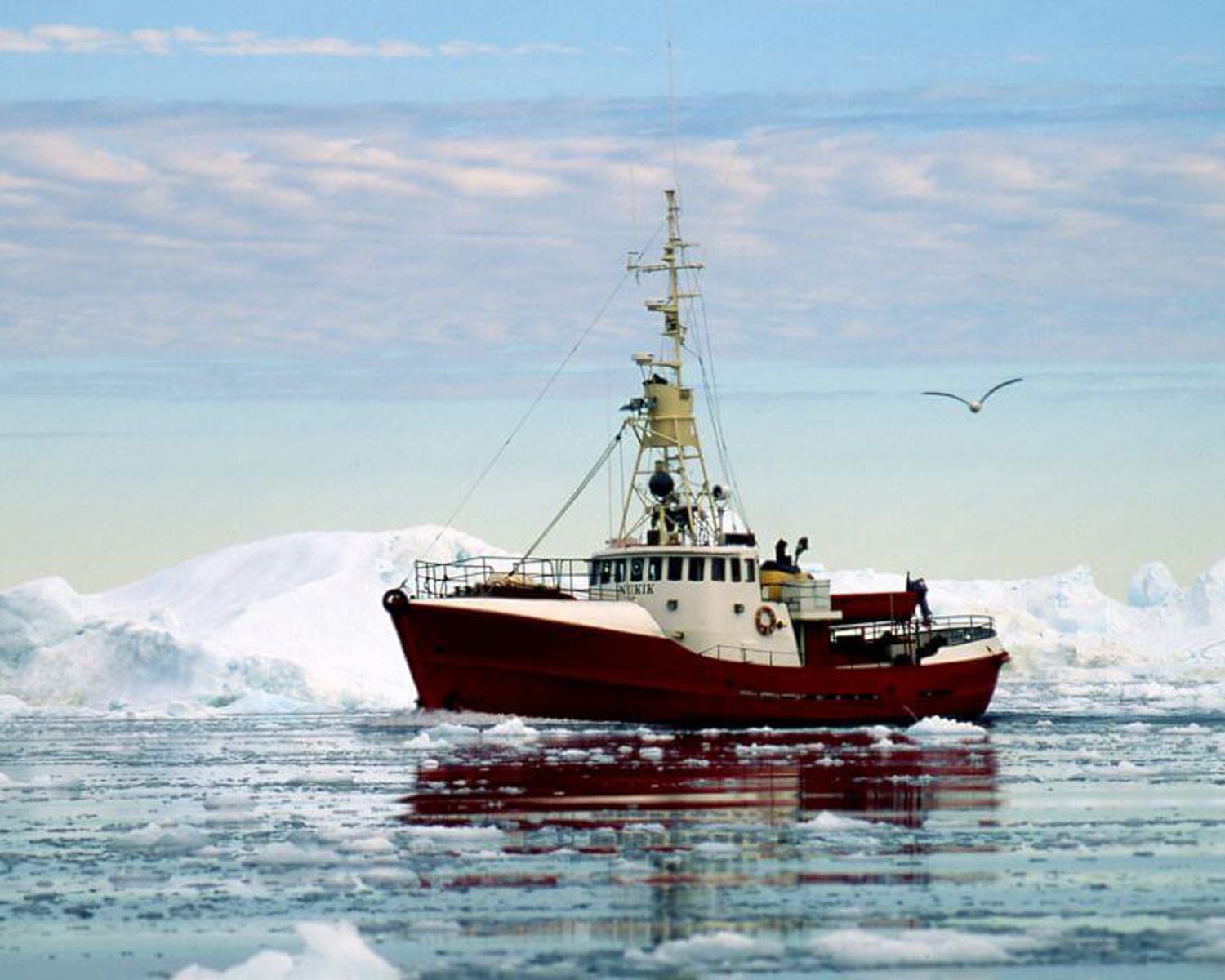
Fisheries contribute to global CO2 emissions by the extraction of fish, disturbance of coastal and oceanic blue carbon ecosystems, and the use of fossil fuels as their main energy source. Fishing vessels are moreover a major source of short-lived climate forcers like black carbon (McKuin and Campbell 2016), which can have a major effect in Arctic and Northern regions (see Black carbon reduction).
There are multiple measures that can reduce emissions related to fishing ranging from technological modifications to reduce fuel consumption, to improved fisheries management and fishing practices, and reduction of waste and improvements with processing further down the value chain (Parker et al. 2018; FAO 2022).
Analysis overview

Technological Readiness Level (TRL)
High 3
Although new innovations will likely also play a role, many improved technologies and management practices already exist (FAO 2022).
Technological Readiness Level (TRL)
A technology with a TRL of 7-9: TRL 7 – prototype demonstrated; TRL 8 – system complete; TRL 9 – system proven

Scalability
Medium 2
Not all management practices and technological interventions will be equally effective in specific contexts, and high implementation costs hinder the implementation of certain innovations at scale (FAO 2022).
Scalability
Physically somewhat scalable; linear efficiency

Timeliness for near-future effects
Medium 2
While some beneficial technological improvements and management approaches can be relatively easily applied, others are more difficult to implement, for example due to high costs, or international political complexities around fishing rights.
Timeliness for near-future effects
Implemented in time to make some difference, although questionable

Northern + Arctic potential
Unknown 0
As most studies around fisheries and climate change focus on potential adaptation strategies to the effects of warming oceans, many uncertainties remain around the potential role of the industry in mitigating the effects of climate change. McKuin and Campbell (2016) calculate that Arctic fisheries will emit 6.9 and 5.9 Tg CO2 equivalent GHG emissions per year from fuel combustion for 20 to 100 year time horizons respectively, but do not estimate how much of this could be mitigated. Although fishing vessels are an important contributor to Arctic black carbon (McKuin and Campbell 2016), and improved management practises and technologies can help reduce emissions regionally (Waldo et al. 2016; Merayo et al. 2018), the ultimate effects will likely be relatively minor in comparison to other sectors.

Global potential
Unknown 0
Parker et al (2018) revealed that fisheries were only responsible for 4% of total global emissions related to food production, and the FAO (2022) clearly notes that ‘[f]isheries and aquaculture make a minor contribution to global carbon emissions.’ Since technological improvements and better management practices would at best be able to mitigate a part of these emissions, the global potential of this measure will likely remain minimal.

Cost - benefit
Moderate 2
The fishing sector will have to change anyway due to the effects of climate change, and certain management strategies could moreover increase catches and profits. However, many improvements can come with high costs (FAO 2022).
Cost - benefit
Significant investment costs needed, but still much cheaper than the avoided damage costs (e.g., 30%).

Environmental risks
Some risk 2
Environmental risks may be associated with imperfect application of fishing strategies and management strategies (Young et al., 2018).
Environmental risks
More widespread and possibly regional impacts that extend beyond the immediate solution deployment location

Community impacts
Beneficial 3
There are concerns about the potential negative impacts of fisheries management changes on small-scale and indigenous fishing communities, as well as the potential for such changes to promote consolidation and concentration of fishing rights in the hands of a few large companies. However, well implemented technological and management changes will likely be beneficial for local communities.
Community impacts
Significant benefits to communities

Ease of reversibility
Easy 3

Risk of termination shock
Low risk 3
0
Risk of termination shock
Low or insignificant termination shock or damage

Legality/governance
Challenging 2
Most of these improvements would fall under local or regional governance and legal frameworks. However, as fishing regulation is also importantly regulated through international treaties, some of these issues would potentially be more difficult to implement.
Legality/governance
Fits within existing structures to a certain degree, but some policy changes are needed to deploy at scale

Scientific/media attention
Medium 2
Although there is a vast literature on potential adaptation strategies of the fishing industry to the effects of climate change, the potential role of the sector in mitigating GHG emissions is very limited.
Scientific/media attention
Some attention within the scientific community, including published research and funding programmes; some media attention; some commercial interest
References
FAO. 2022. The State of World Fisheries and Aquaculture 2022. Towards Blue Transformation. Rome, FAO. https://doi.org/10.4060/cc0461en
Parker, R.W.R., Blanchard, J.L., Gardner, C. et al. (2018). Fuel use and greenhouse gas emissions of world fisheries. Nature Clim Change 8, 333–337 https://doi.org/10.1038/s41558-018-0117-x
Stephenson, S. and Johnson, A.F. (2021) Shifting gears: achieving climate smart fisheries. Published by WWF, RSPB and Marine Conservation Society. Available at: https://www.wwf.org.uk/sites/default/files/2021-08/Pact_Media_WWF_Climate_Smart_Fisheries_Report_2021_Aug_16_V2.pdf [Accessed 18 July 2024]
Waldo S., Jensen F., Nielsen M., Ellefsen H., Hallgrimsson J., Hammarlund C., Hermansen Ø. et al. 2016. Regulating multiple externalities: the case of Nordic fisheries. Marine Resource Economics, 31: 233–257. https://doi.org/10.1086/685286
Waldo S., Paulrud A. 2017. Reducing greenhouse gas emissions in fisheries: the case of multiple regulatory instruments in Sweden. Environmental and Resource Economics, 68: 275–295. https://doi.org/10.1007/s10640-016-0018-2
Young, Oran R., Webster, D. G., Cox, Michael E., Raakjær, J., Blaxekjær, L. Ø., Einarsson, N., Virginia, Ross A., Acheson, J., Bromley, D., Cardwell, E., Carothers, C., Eythórsson, E., Howarth, Richard B., Jentoft, Svein., McCay, Bonnie J., McCormack, F., Osherenko, G., Pinkerton, E., van Ginkel, R., Wilson, James A., Rivers, L., Wilson, Robyn S., (2018). Moving beyond panaceas in fisheries governance. Proceedings of the National Academy of Sciences, 201716545 https://doi.org/10.1073/pnas.1716545115

